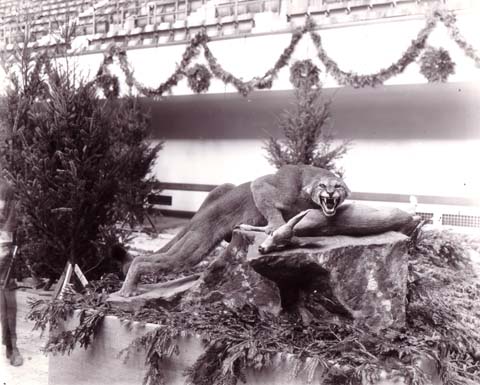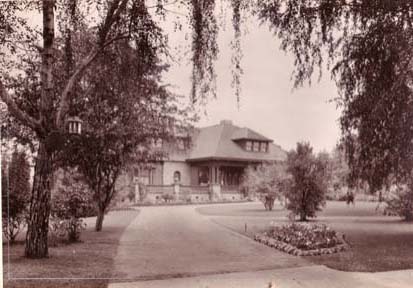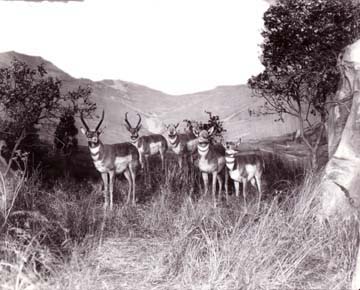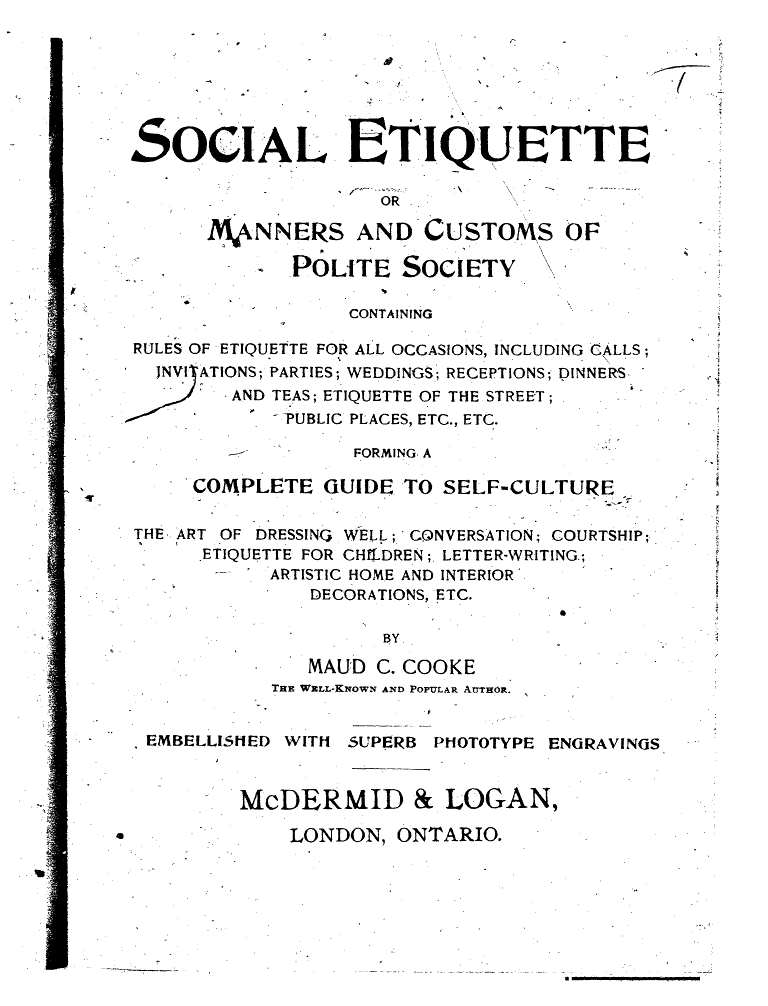Trying to get published can be an ordeal.
There are so many people writing nowadays that agents are up to their elbows. The pile of work to be read? They have charmingly dubbed it the “slushpile.”
In an effort to curb the increasing volume of unwanted paper, agents now ask writers to prepare a query letter. This letter basically gives the book’s hook and tells a little about yourself. Based on this, the agent decides whether they’re interested. They may reject the query, they may request a partial (50 pages or so), or they may request the full manuscript.
Crafting the query carefully is important. After all, you may have written a spectacular novel, but if the query doesn’t demonstrate that, who will ask to read it? I know of two resources for writers drafting queries. One is agentquery.com, which has great information on writing a query (and also an incredible database of agents, what they represent and how best to contact them).
Another resource is the agents forum on writer.net, where you can actually post your query and have others weigh in with advice to tweak it.
(And now and then Miss Snark runs her crapometer…)
Queries are more like the little description on the back of a published book than a synopsis. In other words, you don’t have to tell everything that happens, just an overall view of why your story is interesting. You should also immediately identify the title and genre, include a bio paragraph, tell why your book is important/relevant NOW, and end with a polite request to send pages. Putting your book’s title in all caps is a good idea so it’s clear and visible as the agent wades through miles of letters.
For a while, AgentQuery kept one of my query letters on their site. I’ll post it here and then comment on it below.
Dear [specific agent’s name]:
My novel HEXE (German for “witch”) is historical women’s fiction.
In a holocaust that lasted four hundred years, thousands of women in Europe were burned alive at the stake as witches. In THE DA VINCI CODE, Dan Brown caused great controversy when he put the number at five million, describing it as a relentless effort by the Roman Catholic Church to subjugate women. HEXE takes readers on a journey into these terrifying times…
It’s 1487 and women like Güde are in trouble. The Cardinal has come to her small German town on a mission to eradicate witchcraft. Güde’s best friend, the town midwife and healer, has already been burned at the stake—and now Güde is on trial. Making matters worse is the fact that her accuser is her own daughter-in-law, and Güde begins to suspect she did it simply to have one less mouth to feed in these starving times. Güde is a Christian, but like the others of her village, her centuries-old pagan traditions are just under the surface. Through her trial Güde is forced to examine her beliefs. And in the end, the people of Tierkinddorf must choose between the old ways and the ways of the Church—between life and death for Güde.
And while this book is ostensibly about medieval witchcraft, it is also about how paranoia and fear turn the world upside down – about what the terrorism scare is doing to us.
My first novel A WOMAN OF ILL FAME will appear from Heyday Books next year. My nonfiction book THE OAKLAND HILLS was released in November. I write a biweekly history column for the Montclarion newspaper, teach English as a community college instructor, and hold an MFA in poetry. You can learn a little more at erikamailman.com.
I was inspired to write this because a Massachusetts relative of mine stood trial for witchcraft. May I send you the first fifty pages?
All best,
Erika Mailman
[INCLUDE YOUR TELEPHONE NUMBER HERE IN CASE THE AGENT WANTS TO CALL YOU.]
Comments:
1. Well, in retrospect I wouldn’t throw around the name The DaVinci Code. At least I didn’t COMPARE my book to Dan Brown’s book—I simply pointed out that he raised an issue that might’ve piqued people’s interest—because I’ve subsequently learned that agents really dislike writers comparing themselves to bestselling authors like Brown or J.K. Rowling. Also, my query was written back in 2005 before all the movie hype; my only intent was to build on interest in medieval Europe that Brown awakened.
2. Things have changed. The Cardinal is now a friar, the story is set a decade later, and I’m not teaching community college anymore. The title is now The Witch’s Trinity, not Hexe. And Crown/Random House bought the book (it’ll be out September 2007)!
3. If you’re a writer, I wish all the best in negotiating these waters. There is no waiting as exquisitely frantic as waiting to hear an agent’s response to a) the query, b) the partial, c) the full, d) when the ms will go out, e) when will editors read it… etc.
My first novel, A Woman of Ill Fame, was represented for a year by an agent who was unable to sell it (I sold it myself to a literary publisher in Berkeley, Heyday Books). Literally every morning for a year, I’d wake up thinking, “Maybe today’s the day!”
EVERY MORNING.
FOR A YEAR.
I’m sure I shortened my life somehow by that kind of concentrated craving. But telling a writer not to think/hope/wish about publishing is like telling yourself not to breathe. You just can’t stop it.
Short of trepanation, the best thing you can do is to send out those queries… and then start on a new project. Begin a new novel. I’m serious. You’ll get caught up in the joy of creation and then those long periods of waiting will instead be fruitful.
Again, I wish you the best of luck. Good luck! GOOD LUCK! It’s a cool business we’re in.


 Snow’s exploits, one has to reluctantly admit, were very exciting.In 1923, he traveled to the Arctic and was charged by a Kodiak bear, which he dispatched with a bullet to the eye. Scrambling over an ice floe threatening to upend itself, he recovered the body of a felled walrus. He met Amundsen, discoverer of the South Pole, and found mastodon bones with 11-foot tusks. As if this trip wasn’t adventurous enough, his boat was almost crushed by ice.
Snow’s exploits, one has to reluctantly admit, were very exciting.In 1923, he traveled to the Arctic and was charged by a Kodiak bear, which he dispatched with a bullet to the eye. Scrambling over an ice floe threatening to upend itself, he recovered the body of a felled walrus. He met Amundsen, discoverer of the South Pole, and found mastodon bones with 11-foot tusks. As if this trip wasn’t adventurous enough, his boat was almost crushed by ice. Snow had a lot of grand schemes. He wanted the city to dig a 40-foot-deep cave on the Lakeshore edge of Lake Merritt, which he would supply with lions, rhinos, hippos and “a giraffe or two.” The kicker was that there would be no bars to cage the animals: they would be curbed only by a water-filled moat that would be too wide for them to jump and too deep to negotiate. Needless to say, the idea didn’t get off the ground.
Snow had a lot of grand schemes. He wanted the city to dig a 40-foot-deep cave on the Lakeshore edge of Lake Merritt, which he would supply with lions, rhinos, hippos and “a giraffe or two.” The kicker was that there would be no bars to cage the animals: they would be curbed only by a water-filled moat that would be too wide for them to jump and too deep to negotiate. Needless to say, the idea didn’t get off the ground.
 Of course, correspondence in this pre-telephone era was a matter of extreme importance. Woman are granted the privilege of using “very faintly perfumed paper,” and Cooke suggests they always use the same fragrance, so “correspondents could tell her missives with closed eyes.”
Of course, correspondence in this pre-telephone era was a matter of extreme importance. Woman are granted the privilege of using “very faintly perfumed paper,” and Cooke suggests they always use the same fragrance, so “correspondents could tell her missives with closed eyes.”